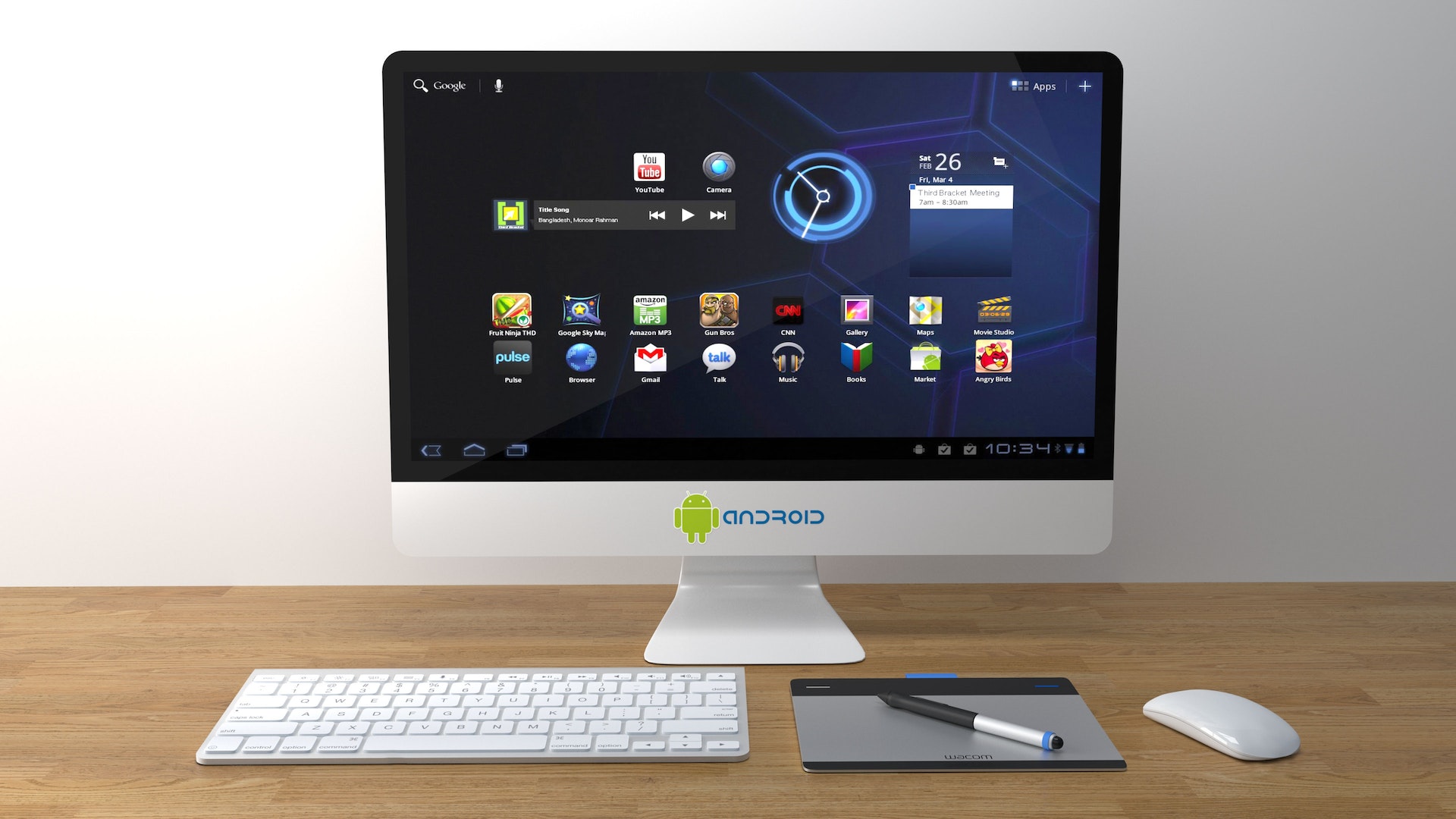
How to Root Android with Computer
Rooting an Android device can provide users with a range of benefits, including increased customization options and access to advanced features. While there are several methods available to root an Android device, using a computer can offer a more reliable and efficient process. In this article, we will guide you through the steps to root your Android device using a computer.
Step 1: Enable USB Debugging
Before connecting your Android device to a computer, you need to enable USB debugging. This option allows your device to communicate with the computer and perform advanced tasks. To enable USB debugging, go to the 'Settings' menu on your Android device, scroll down to 'Developer options,' and toggle on the 'USB Debugging' option.
Step 2: Install ADB and Fastboot
ADB (Android Debug Bridge) and Fastboot are essential tools for rooting an Android device with a computer. These tools allow you to communicate with your Android device from the computer's command-line interface. To install ADB and Fastboot, you need to download the Android SDK (Software Development Kit) from the official Android website. Once downloaded, extract the SDK package and locate the 'platform-tools' folder. Add the path of this folder to your computer's system variables to use ADB and Fastboot commands from any directory.
Step 3: Download the Necessary Files
Before proceeding with the rooting process, you need to download the necessary files for your specific Android device model. These files typically include the rooting software and the appropriate drivers. Visit the XDA Developers forum or the official website of your device's manufacturer to find the required files. Make sure to download the correct files for your device model and Android version.
Step 4: Connect Your Android Device to the Computer
Once you have enabled USB debugging, installed ADB and Fastboot, and downloaded the necessary files, it's time to connect your Android device to the computer. Use a USB cable to establish the connection. Make sure the cable is in good condition and properly connected to both the device and the computer.
Step 5: Run the Rooting Software
Now that your device is connected to the computer, navigate to the folder where you downloaded the rooting software. Look for a file with a .exe extension and double-click on it to run the software. Follow the on-screen instructions provided by the software to initiate the rooting process.
Step 6: Wait for the Rooting Process to Complete
The rooting process may take some time to complete, depending on your device model and the software you are using. During this process, your device may restart multiple times. It is crucial to avoid disconnecting the device from the computer or interrupting the rooting process. Be patient and let the software complete the rooting process.
Step 7: Verify Root Access
Once the rooting process is complete, it's essential to verify whether your Android device has been successfully rooted. You can use various root checker apps available on the Google Play Store to confirm root access. Install a reliable root checker app, open it, and follow the instructions to check if your device is rooted.
Rooting an Android device with a computer can unlock a world of possibilities. It is important to note that rooting your device may void its warranty and could potentially lead to security risks if not done properly. Therefore, make sure to follow the instructions carefully and proceed at your own risk.
